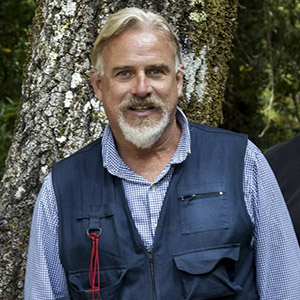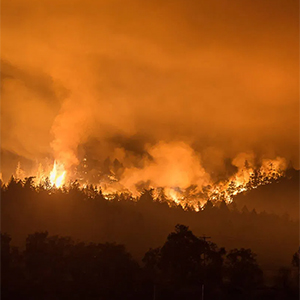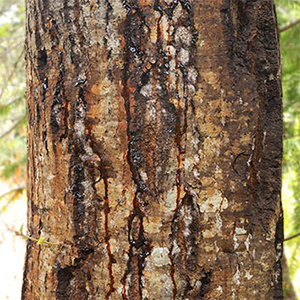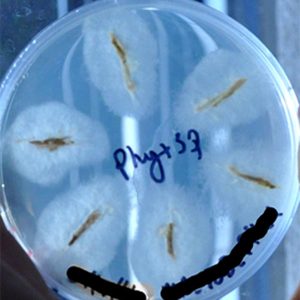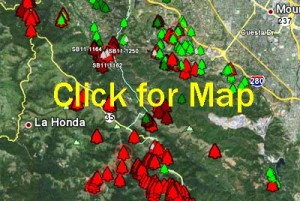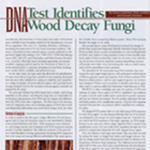There are several products that have been tested for controlling cypress canker. The following paper maybe the most useful one to compare products.
Della Rocca, G., Di Lonardo, V., Danti, R. 2011. Newly-assessed fungicides for the control of cypress canker caused by Seiridium cardinale. Phytopathologia Mediterranea. 50 (1), pp. 65-73.
The most effective active ingredients for preventive treatments appear to be Azoxystrobin and thiophanate-methyl.
A good approach to slow down the disease may consist of:
1) Cutting down infected trees to reduce the chance of contagion. If only a few tips are infected, prune branches rather than take down the entire tree.
2) Cut down all Leyland cypress as it is a major vector of the disease.
3) Treat remaining healthy trees with products containing azoxystrobin (an active ingredient less toxic than thiophanate-methyl).
Assignment levels of oxygen emission are not precise and different methods can give different results. That said, it is well documented that oxygen release is proportional to the overall leaf mass, also known technically as Leaf Area Index.
There is general agreement that:
- Pines are at the bottom of the list in terms of oxygen release because they have a low Leaf Area Index.
- Oak and aspen are intermediate in terms of oxygen release.
- Douglas-fir, spruce, true fir, beech, and maple are toward the top of the list for oxygen release.
Take the following precautions when using local acorns for oak reforestation projects in areas impacted by SOD to help minimize pathogen spread.
- Place acorns in a 10% dilution of bleach for 10 minutes then rinse twice with tap water.
- Make sure volunteers’ shoes are free of soil, mud, and organic material.
- Be sure tools being used are clean and free of soil, mud, and organic material.
Survival of P. ramorum (SOD pathogen) in wood chips depends on a few factors:
- Were the chips allowed to become wet?
- What size are the chips?
- Is green waste present?
- What time of year was the wood chipped?
- Where in California are the chips located?
Chips that are piled wet or tarped and include infected green waste (e.g. bay laurel leaves) may support pathogen viability for over 1 year, especially in mild coastal areas. If the wood is chipped in the summer and early fall and the chips are not piled, but rather broadcast in a 1-inch layer in a dry and sun-exposed area, pathogen viability may only be supported for a few weeks, especially if in hotter interior areas.
Survival of P. ramorum (SOD pathogen) in dead hosts or non-plant substrates is extremely variable and strongly affected by climatic factors. Although a comprehensive study on this topic has not conducted, extrapolating from several studies we can say the following:
Soil becomes more infectious from late winter to early summer in the presence of rainfall, so any movement of soil away from a SOD-infested area from January to July could transport viable P. ramorum.
Keep the following in mind:
- The larger the volume of soil moved, the greater the risk.
- In organic rich soils (e.g. top layers of forest soils), pathogen survival is less than 18 months.
- If P. ramorum is present in green waste incorporated in the soil, survival can be much longer (2 years or more).
- In inert soils (e.g. potting mix), the pathogen can survive multiple years. However, for all soils, areas with less temperate climates (cold winters, hot summers) may hasten loss of pathogen viability.
From a practical perspective, if infested forest soil is picked up on tires or shoes from late winter to early summer, the pathogen will likely remain viable for about 1 year, in the absence of incorporated green waste. If soil is picked up from late summer to early fall, survival duration is much less, possibly in the order of a few months.
SOD Blitzes include a training session for blitz volunteers on SOD and proper sampling, followed by time in the field for collecting and marking sample locations. All necessary collection materials are provided to volunteers during the training session for use either the same day of the training or the day after. All samples are to be dropped off at a designated location (location announced at the training session). There are approximately 20 SOD Blitzes in areas of California that have sudden oak death or at risk of disease establishment. Most of the training sessions are offered on Saturday mornings. SOD Blitz schedules for the coming year are posted annually during the last week of January at www.sodblitz.org.
Leaf tip scorch symptoms on redwood trees are found from the lower to upper canopy and include healthy leaves interspersed with brown and grey leaves or portions of leaves. Grey leaves typically have black margins into the healthy tissue.
Such symptoms are typically caused by a fungus called Pestalotiopsis funerea. They are commonly associated with drought, when rainfall occurs or when there is overhead watering around the tree. Drought stress predisposes plants to being infected, so the increased moisture facilitates the infection process. Normally the fungus will only seriously affect sprouts, as branches of adult tress will regrow areas killed by the infection within a year. In nursery settings it is important to increase ventilation and avoid big differences in watering regimes to minimize symptoms.
Phosphonate is only intended to be used on trees that do NOT have sudden oak death (SOD). Once a tree is infected, it is of no use. It helps to boost the tree’s own immunity system against the pathogen. So, if a tree is very susceptible to P. ramorum (the pathogen that causes SOD), then it may still get infected and die, even with the phosphonate treatment. Really, the phosphonate just helps increase the odds that a moderately susceptible tree will be able to ward off infection. So, it is an odds game and you are just increasing your odds of success. Variables that contribute to success include tree susceptibility, disease pressure in the area, hosts present in the area, and environmental conditions.
Research has identified coast live oak individuals that may be somewhat resistant to SOD, possibly because of the presence of some chemicals in the bark and phloem. However, there is no information yet on how genetics and the environment may affect this trait.
Tanoak has some mother trees that produce SOD-tolerant seedlings and some that produce seedlings that respond very well to phosphonate treatments. These tanoak families are at UC Berkeley, but are not currently commercially available.

